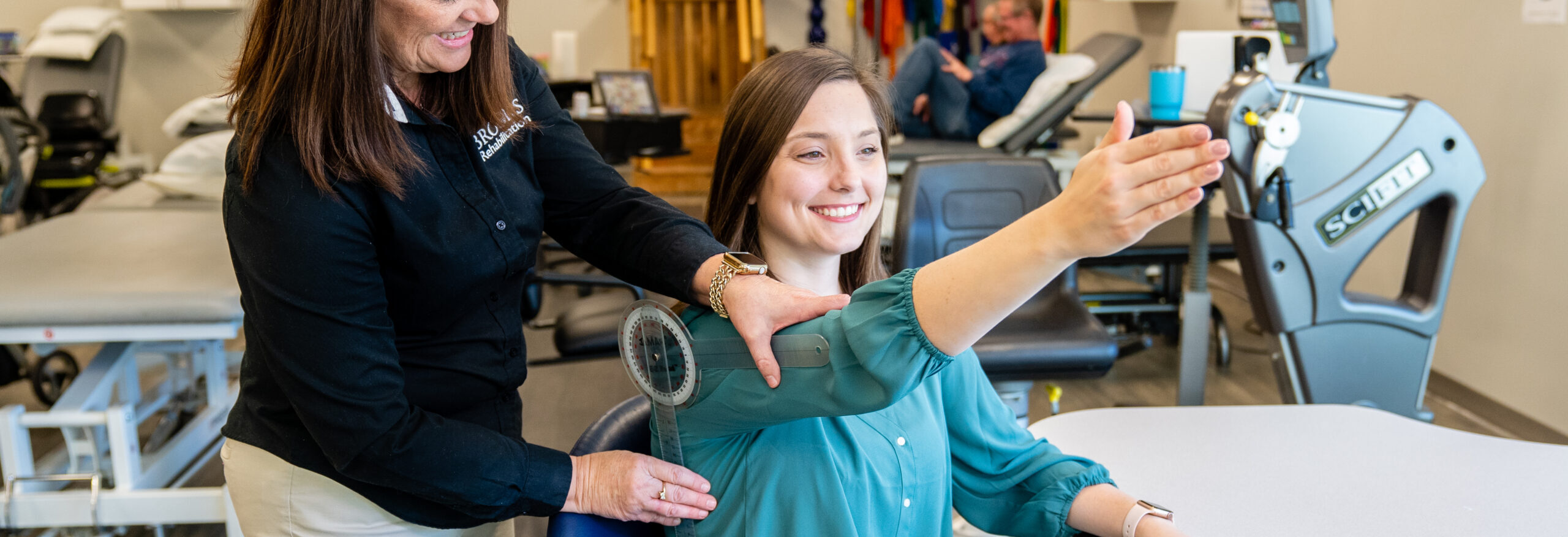Common Causes of Joint Pain and Stiffness
Is it possible to develop soft tissue pain while “doing nothing?” It may seem odd, but you can. Remaining stationary can be just as damaging to joints as overuse. These behaviors, plus existing conditions, can lead to decreased joint flexibility, resulting in pain and stiffness.
The following are the most common causes of joint pain:
Osteoarthritis
Joint pain is common in people over 50, and its main cause is osteoarthritis. This is the most common type of arthritis. It develops over time as the cartilage – the protective cushion between the bones – deteriorates. The joints stiffen and become painful. Osteoarthritis develops gradually and usually occurs in middle age.
Rheumatoid arthritis
This chronic condition leads to joint pain and swelling. The joints frequently become misshapen, usually affecting the fingers and wrists.
Gout
This is a painful condition in which body crystals accumulate in the joint and cause extreme swelling and pain. This often occurs in the big toe.
Bursitis
This is most common in the hip, knee, elbow, or shoulder and is caused by overuse. Bursae cushion the tendons, muscles, and bones nearest the joint. Bursitis happens when one or more bursae become inflamed.
Tendonitis
This is a swelling of the tendons, which are the flexible bands that link up bone and muscle. It is usually felt in the heel, elbow, or shoulder. Consistent movement patterns can result in this repetitive strain injury, aggravating joint pain and stiffness.
Joint Mobility and Stability
Lack of mobility causes a lack of stability, which results in injury or pain. The first step toward achieving joint stability is to medically evaluate joints for internal strength, control, or physical symptoms resulting from the injury.
A doctor or therapist examines the joint and looks for soft tissue deficits or weaknesses. Bracing, exercises, taping, and surgical intervention may be required to correct the deficiencies.
Ankle mobility
When we stand, the foot and ankle form the foundation of our entire body’s stability. Impaired mobility at this joint area can compel the rest of the body to compensate by depending on other joints. A lack of ankle flexibility can affect activities as simple as jumping, walking, squatting, and sitting.
Hip joint mobility
The hip is one of the most mobile joints in the body. When injured, therefore, the hip joint needs a significant increase in stability to move normally. Our hips lose flexibility as we get older, a problem that can be exacerbated by a sedentary lifestyle. Loss of hip mobility causes instability in both the hips and in other joints.
Thoracic joint mobility
Given its importance for posture and body movement, thoracic joint pain needs close evaluation. The mid and upper back conforms to the position you consistently use over time, so sitting in one position at home or in the car can decrease the spine’s ability to move easily.
Treatment for problems with joint flexibility
There are numerous causes of joint aches and pain. Fortunately, physical therapy can help to relieve joint pain, boost your range of motion, and tackle symptoms.
Here are some types of physical therapy that doctors and therapists recommend:
R.I.C.E.
This stands for “Rest,” “Ice,” “Compression,” and “Elevation.” These can be used together to tackle joint inflammation and pain.
Stretching exercises
Through stretching exercises, connective tissues and muscles can be healed and return back to their initial length and range of motion. These exercises also protect arthritic joints from stiffening over time. Physicians may recommend working out on a treadmill or a bicycle.
Joint mobilization
Joint mobilization entails using a “wobble board” or a balance board. This tool boosts joint mobility, mainly in the foot and ankle joints. Therapists can also recommend techniques that help to break up and release internal scar tissue, often the result of previous injuries.
Hydrotherapy
Hydrotherapy is an effective exercise for people with joint pain, as the water takes on some of the weight your body puts on your joints. This allows tissues to rebuild without adding additional physical stress to the joints.
Joint Flexibility Therapy at Brooks Rehabilitation
At Brooks Rehabilitation, we offer cutting edge joint flexibility therapy to help relieve joint aches and pain among residents and visitors in our area. Contact us for an evaluation and recommended solutions for increasing joint flexibility.
